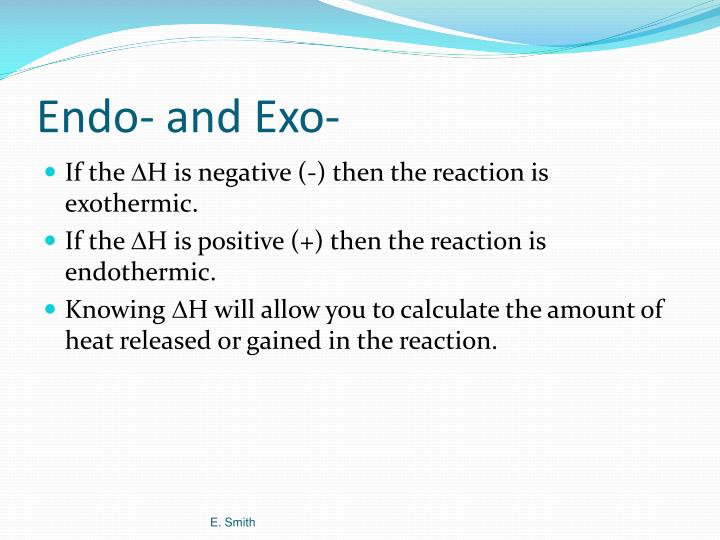
It's only when writing out the gerundio that you will need to know these irregularities:

In fact, these irregular conjugations are almost impossible to notice when speaking. With verbs like leer (to read) and oír (to hear), however, a small modification of the spelling is all you need to keep the pronunciation the same. And no special spelling is necessary to keep the pronunciation. The easiest way to remember this irregularity is to think about maintaining the original pronunciation of each verb.Ĭaminar (to walk) does not change significantly when it becomes caminando, for example. Verbs with Stems Ending in a Vowelįor –er and –ir verbs whose stems end in a vowel ( leer (to read) for example), the – iendo ending changes to – yendo instead. Let's take a look at each one of these cases. In fact, there are only three groups of irregular gerundios: –er/-ir verbs where the stem ends in a vowel (including the verb “ir”), –er/–ir verbs ending in ll or ñ, and –ir verbs with stem changes.

When compared with other verb forms, there are fewer irregular verbs than you may be expecting. There's no need to change the conjugation based on the subject of the sentence!Īll you do is remove the ar/er/ir verb ending and replace it with the following: As a general rule, you can think of the Spanish gerundio as the equivalent of English verbs ending in –ing.Ĭonjugating the gerundio in Spanish is actually quite simple because each verb has only one. With second (and third, fourth, etc.) languages, there is a little more grammar revision to get to that point. If you're not familiar with the present participle in English, don't worry! Most people don't know the names of all the various verb forms in their native language, partly because they can use them correctly just by feel. If you're well versed in English parts of speech, you'll recognise that the Spanish continuous tense is formed with what we call “present participles” in English.
#Endo words in spanish how to
The basic form of the continuous is estar (more on this next) + the gerundio.īefore we get into how estar makes the difference between the present, past (and other!) tenses of continuous verbs, let's take a look at how to conjugate the gerundio in Spanish.Ī quick note: The English word “gerund” is a cognate of the Spanish gerundio, but the parts of speech are not exactly the same.

There are actually two separate verbs to conjugate when you use the progressive in Spanish: estar and the verb that describes what is happening.

It's my story-based course that will get you to conversational fluency fast, without getting bogged down in grammar. Even though English has a similar structure (the “ing” verb form), they're not exactly equivalent.īut by the end of this post, you'll know how to use the Spanish continuous like a native speaker.īy the way, if you're getting started in Spanish and want to go from beginner to intermediate fast, I recommend Spanish Uncovered. This verb form is used to talk about something that is (or was) currently happening.Īlthough it's not the first form you need to learn to understand and speak Spanish like a native speaker, mastering the continuous can help you get further on your Spanish-speaking journey!Īs you'll see, there are a few things about the continuous that can trip you up if you're a native English speaker. In fact, you can use the Spanish continuous (or progressive) in the past or present tense. And it's surprisingly simple to conjugate, as you'll soon see. Well, here's some good news: the Spanish continuous tense is not a tense in the technical sense. When you learn Spanish, verbs, verbs tenses, and above all their conjugations can be a bit of a nightmare right?


 0 kommentar(er)
0 kommentar(er)
